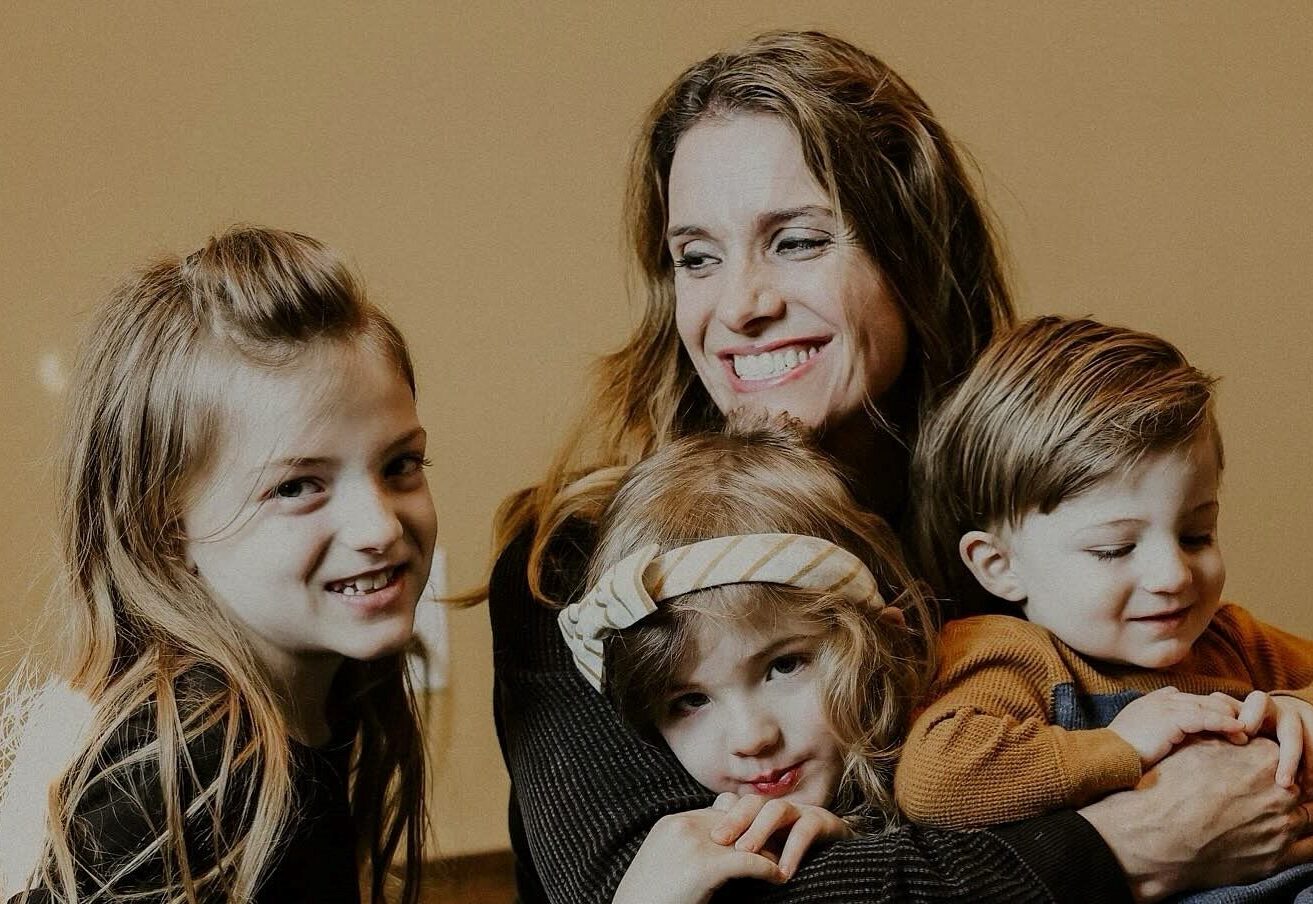Families should always carefully consider the purchase of a pet and whether or not the family members are ready for this commitment. Parents should keep in mind that the pet will depend on the family for care and love, and a child may not be able to provide all of these needs alone.
1. Think before you get.
Families should always carefully consider the purchase of a pet and whether or not the family members are ready for this commitment. Parents should keep in mind that the pet will depend on the family for care and love, and a child may not be able to provide all of these needs alone. A “pet for the child” may end up being cared for by the adults in the family as well.
2. Pet benefits.
Pets provide many positive experiences for children, including developing self-esteem, compassion, and empathy. Children may find a good friend in their pet and will learn lessons in responsibility, respect, living, and dying.
3. Your children are watching.
According to The Humane Society of the United States (HSUS), “Ultimately, your children will learn how to treat animals – and people – by watching how you treat the family pet. They’ll study how you feed, pet, and exercise your companion animal. And they’ll pay close attention to how you react when a pet scratches the furniture, barks excessively, or soils in the house. Frustrating as these problems are, ‘getting rid of’ the pet isn’t just unfair to the pet and your children, but it also sends the wrong message about commitment, trust, and responsibility.” If a family finds that their pet is causing problems, they should consider talking with their vet or trainer about the causes of the behavioral problems or other issues the pet may be facing.
4. How kids can help.
Once a family has decided on a pet, the children can participate in various responsibilities, depending on their ages and maturity levels. Even a very young child can help the family by helping picking out toys or playing with the pet under supervision. Older children can assist in duties such as feeding, grooming, or cleaning the pet’s area. But parent’s should be realistic in assigning the tasks to the children, and also supervise to make sure the animal is being properly cared for.
5. Spell out the rules.
Parents should set up ground rules regarding care for the animal. HSUS encourages parents to, “tell your children not to pull the animal’s tail, ears, or other body parts, and insist that they never tease, hit, or chase the pet. Teach children how to properly pick up, hold, and pet the animal.” Parents should supervise their children’s interaction with the pet, and make sure they understand that, like people, animals sometimes don’t want to be bothered. Parents should teach their children the warning signs of an animal who is annoyed (i.e. flat ears, growling, hissing).
According to the The American Academy of Child and Adolescent Psychiatry (AACAP), “Although most children are gentle and appropriate with pets, some may be overly rough or even abusive. If such behavior persists, it may be a sign of significant emotional problems. Any child who abuses, tortures or kills animals should be referred to a child and adolescent psychiatrist for a comprehensive evaluation.”








